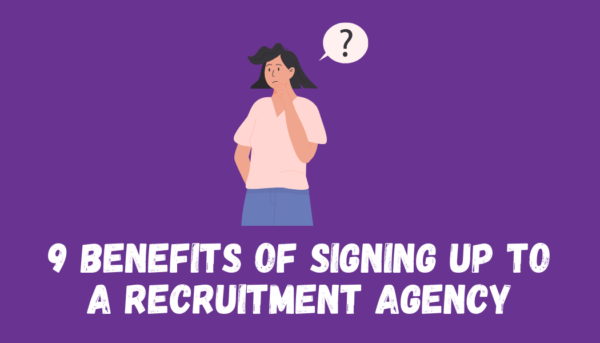
Have you ever wondered what your tax code means?
Well, you’re in the right place! We’ve explained all below…
Who provides your tax code?
Your tax code is selected by HM Revenue and Customs.
What is your tax code used for?
Your tax code is used by an employer or a pension provider, so they can calculate how much Income Tax they need to deduct from your pay or pension.
Where can I find my tax code?
The easiest way to find your tax code is on your payslip. You can also see your tax code on a tax code letter from HMRC.
1257L is the tax code currently used for most people who have one job or pension.
What does my tax code mean?
Your tax code is made up of several numbers and letters;
What do the numbers mean?
The numbers on your tax code tell the employer or pension provider how much tax-free income you get in that tax year.
The HMRC works out your individual number based on your tax-free Personal Allowance. The standard Personal Allowance is £12,570 per annum for the current tax year (6th April 2022 – 5th April 2023), so if you earn less than this you won’t pay Income Tax and if you earn more than this then you will pay Income Tax.
What do the letters mean?
The below letters are for tax codes in England only, there are additional letters for tax payers in Scotland and Wales.
L – You’re entitled to the standard tax-free personal allowance
M – This code means you’ve received 10% personal allowance transfer from your partner, called a marriage allowance
N – Same as above, but this code means you’re the one transferring the 10% to your partner
T – There have been other calculations to work out your personal allowance
0T – Either you have a new job but don’t have your P45, or couldn’t give your new employer the details needed to issue a tax code. You’ll also see this if your personal allowance has been used up
BR – You have multiple jobs/pensions, and this role is being taxed at the basic rate
Do – You have multiple jobs/pensions, and this role is being taxed at the higher rate
D1 – You have multiple jobs/pensions, and this role is being taxed at the additional rate
NT – This code means you’re not paying tax on this income
K – This letter represents other income that wasn’t being taxed, such as previous wages or pensions, such as taxable state benefits (e.g. state pension) and work benefits (e.g. company car, health insurance). Your current employer will collect the tax due (but can’t take more than half of your pre-tax wages/pension!)
W1/M1 – This is an emergency tax code – and therefore you will only be taxed on payments received in this pay period as opposed to the whole year. You will receive W1 if paid weekly, and M1 if paid monthly, and these appear at the end of your tax code
When might my tax code change?
The HMRC may update your tax code if:
- You start to get an additional income from another job(s) or pension
- Your employer has notified the HMRC that you have started a new job
- Your employer has notified the HMRC that you have stopped receiving benefits from your job (i.e. company car, accommodation etc.)
- You receive taxable state benefits (these include job seeker’s allowance, the state pension, bereavement allowance, carer’s allowance etc.)
- You’ve started claiming Marriage allowance
- You claim expenses that you get tax relief on
Read more latest Government updates on our blog…
Search our vacancies by branch:
Barnsley https://bit.ly/3faUMhn
Burton https://bit.ly/3fcYRSa
Chesterfield https://bit.ly/3vQNF4u
Doncaster https://bit.ly/3NInFl5
Mansfield https://bit.ly/3xZ43BU
Ripley + Long Eaton https://bit.ly/3tBF6t0
Rotherham https://bit.ly/33vYAEL
Worksop https://bit.ly/3uyEzZY
Search our vacancies by area:
South Yorkshire https://bit.ly/3kHvNpT
Derbyshire https://bit.ly/39I8S7U
Nottinghamshire https://bit.ly/3m0exvM
Staffordshire https://bit.ly/3ibcPXg
Leicestershire https://bit.ly/3zKLMIn
Would you like to know more about working for agencies?
Would you like to register with us? Add your details into this form and we’ll give you a call











